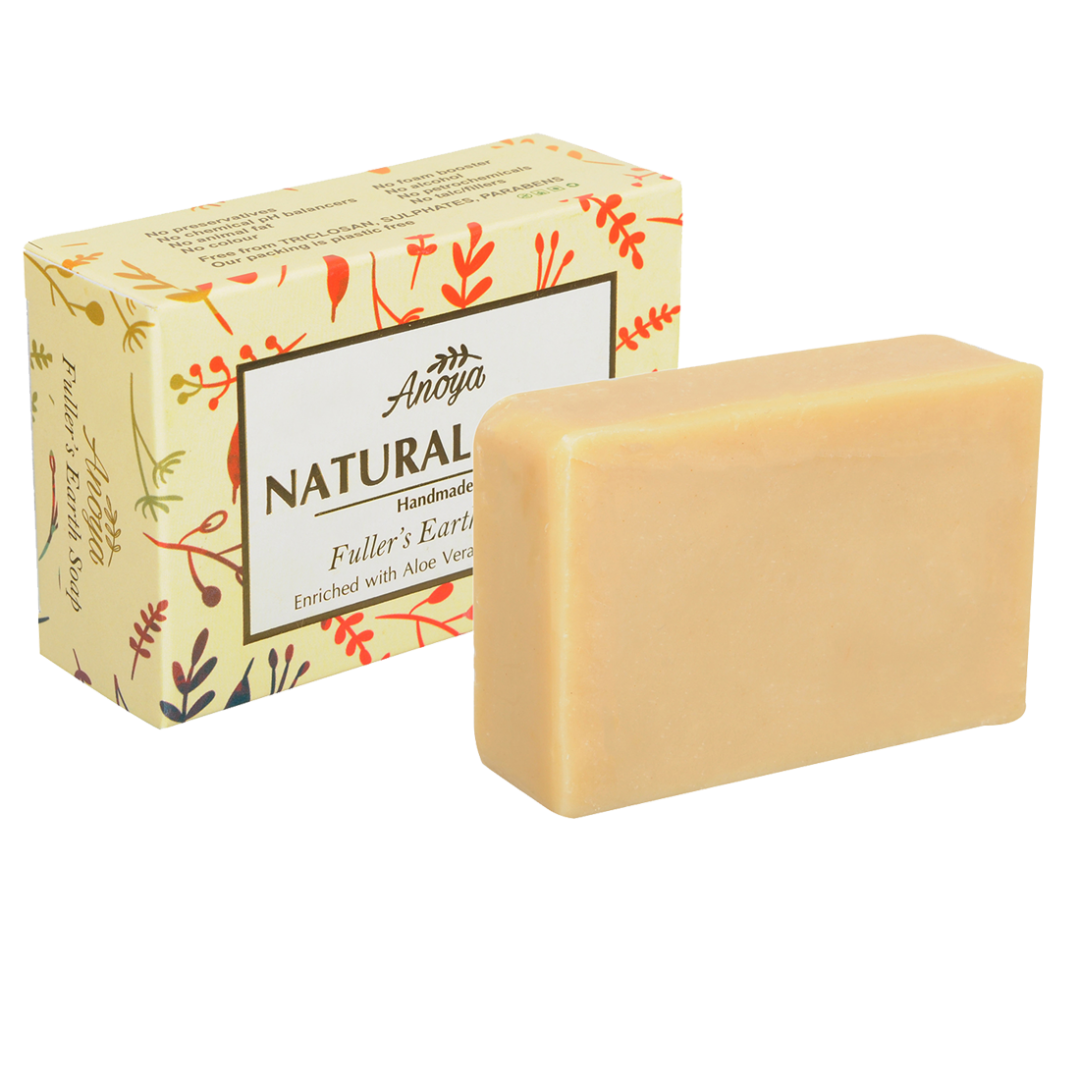

The user of the product is solely responsible for compliance with all laws and regulations applying to the use of the products, including the intellectual property rights of third parties. shall not be responsible for any damages resulting from use of or reliance upon this information. shall not be held responsible for any damages to property or for any adverse physical effects (including injury or bodily harm). only with the clear understanding that all products must be used at their own discretion, and only after referring to the Material Safety Data Sheets (MSDS) and all other relevant technical information specific to the product. 500g of soap.Īctive Ingredients: Multani Mitti (literally, Multan's Sand) is a type of Kaolin, and is high in minerals.Ĭaution: All of our products are for external use only.Ĭustomers may purchase products from New Directions Aromatics Inc.

It can also be used as a bath powder or as a dry shampoo.ĭirections for Use: 5-100% in skin-care products, 1 T. It has been used as a home remedy by Indian women for centuries to take care of their skin problems like acne along with the use of rosewater and lemon juice. Made into a paste with rosewater and left on to dry, it makes an oil-absorbing and purifying mask suitable for oily and normal complexions.
Fuller earth multani mitti skin#
Deep cleansing with Multani Mitti helps to remove impurities and sloughs off dead skin cells, leaving your skin feeling refreshing with a glowing complexion! This allows the skin to breathe and absorb moisturizing cream more easily into the skin.Īppearance: The colour of Multani Mitti Clay may be from cream to more of a yellow colour.Īpplication: Mixed with water, it can be used in place of soap to wash oily complexions.

On the other hand, it deep cleans the pores, reducing the look of black heads and whiteheads. Multani mitti is said to make your skin radiant and appealing by reducing the appearance of blemishes and acne scars.

Multani Mitti is also one of the earliest substances to be used as a beauty mask. It was used by fullers to clean and degrease woolen cloth during the 'fulling' process, because of its ability to absorb oil. The name, Fuller's earth, comes from this clay's use in the early English wool industry.


 0 kommentar(er)
0 kommentar(er)
